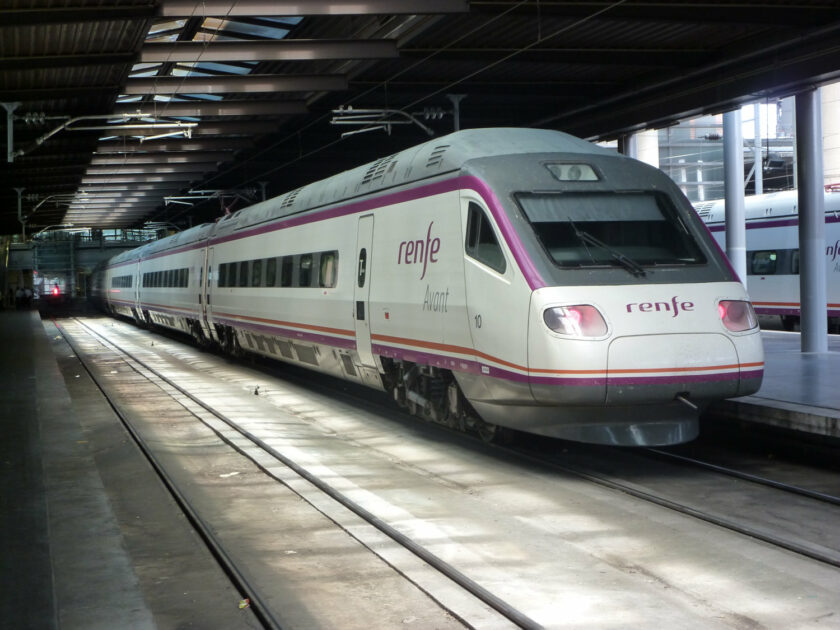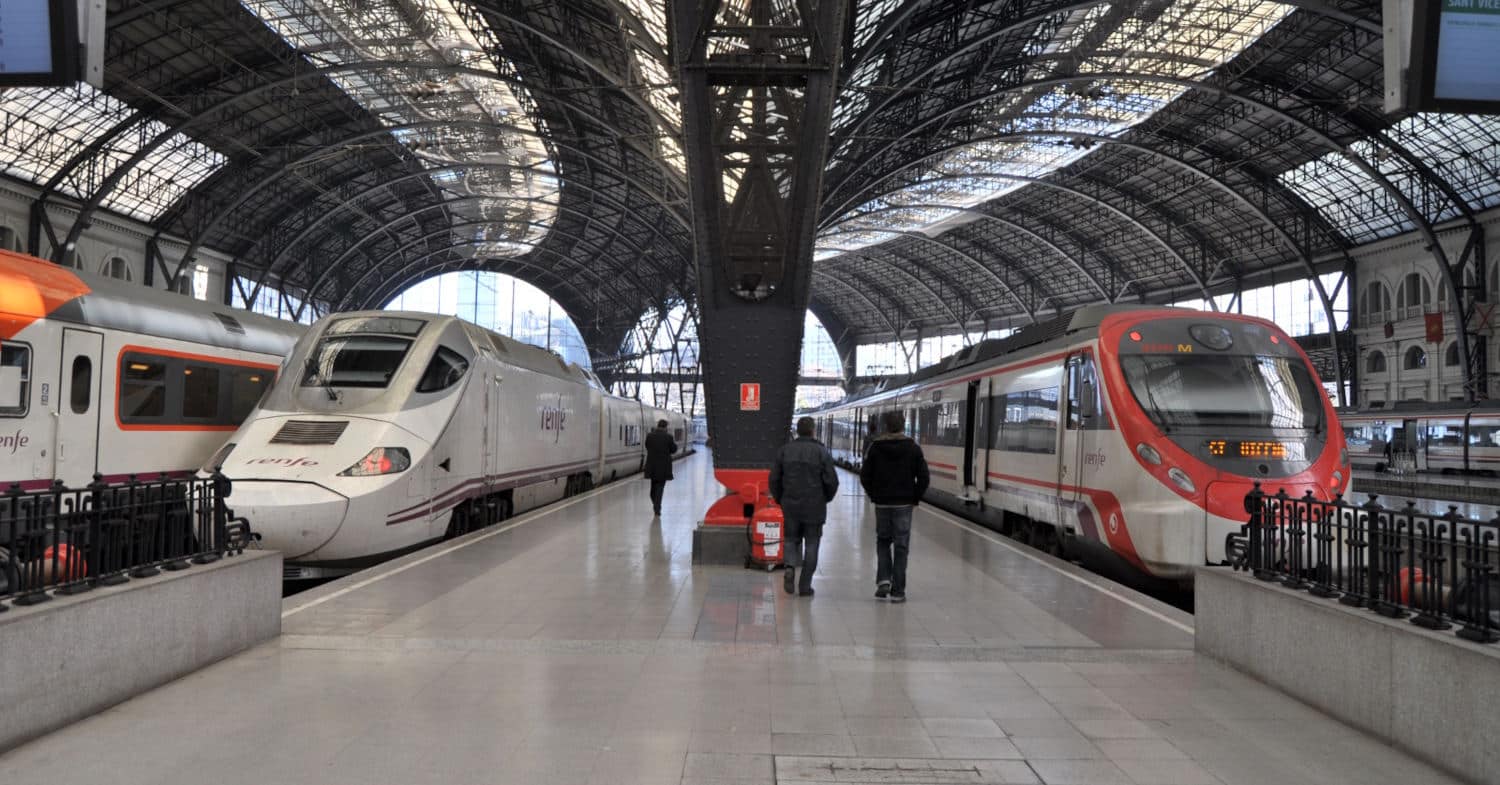When we discuss rail services, it is very common to differentiate between two types: PSO trains and open access trains. This is an essential differentiation that makes a lot of sense, as the way in which one type is managed is very different from the other, especially in economic terms.
On Rail News Vista’s On Track, I’ll go into detail about both kinds next.
PSO trains: services financed by a public entity
PSO means Public Service Obligation. These are trains that a State or other public authority (such as regions) contracts to a public or private operator in the form of a concession through a programme contract.
Trenvista Premium te lleva directo, sin anuncios que hagan descarrilar tu lectura ni tu paciencia.
Únete por sólo 35€ al año, disfruta de contenidos exclusivos, más ventajas y cancela cuando quieras.
★ Empieza ahora
Generally, such trains are loss-making. In other words, putting them on the track is more expensive than the revenue from them.
For this reason, PSO train programme contracts include a financial compensation that the operator receives, so that the accounts of the company providing the service are not negative. Moreover, if this operator is a private operator, it will not only seek to avoid losses but also to make a financial profit.
This way, the public administration guarantees the running of trains that are necessary and have a social profitability, but whose operation generates economic losses.
In Spain, the PSO trains contracted by the State are Cercanías and Media Distancia trains, including Avant trains. Moreover, Catalonia and Basque Country contract the operation of Rodalies/Cercanías services.
In the UK, all the former franchises are PSO trains, and so they’ll be all Great British Railways trains as well as regional operators such as MerseyRail, Transport for London, Transport for Wales and ScotRail. Lumo and Hull Trains are two British open access operators.

Since these trains are subsidised with public money, the state can increase the subsidy to make it even free to travel on them, as with the recurrent season ticket. Or you can pay a minimal fee to use them, as is the case with the Deutschland Ticket in Germany and will be the case with the Cercanías single season ticket.
Currently, all Spanish PSO trains on the Spanish General Interest Railway Network are operated by Renfe. A fact that will have to change from 2026 due to the liberalisation of the railway sector for this type of trains.
It is worth mentioning that regional railways such as EuskoTren, FGC or metro networks also operate with subsidies. They receive public money to keep them in service.
In other countries, the PSO includes long-distance trains such as the Intercidades in Portugal or the Intercités in France—even night trains!
Open access trains: free competition without public money
On the other hand, we have the so-called open access trains or commercial trains. These are rail services where the operator cannot receive any public support – not even to buy the trains!
Railway operation on this type of train is a 100% business that is also open to competition. In other words, any operator can compete freely in the services where it considers it can obtain profitability.
And this is independent of whether the company is public or private. For example, the open access trains of Renfe in Spain, CP in Portugal or SNCF in France cannot receive public aid.
In Spain, these types of trains are high-speed and long-distance trains. That is, Ave, Alvia, Avlo, Euromed and Intercity trains. Those of Renfe’s competitors, Iryo and Ouigo, are also open access .
Although open access trains must be profitable, as they do not allow subsidy, Renfe operates several trains that are loss-making but necessary, and the State does not declare them as PSO trains.
To cover the losses, it does what is known as cross-subsidisation.
In other words, the profits generated by the most profitable trains are used to cover the losses of those trains that are loss-making. This has meant that some of Renfe’s open access trains have had to raise their prices as a result of the fall in profits on the best performing routes due to the arrival of competitors.
Synergistic trains
I’m going to go a little further, to share a third category of trains, commonly restricted to the Spanish market. Those are the so-called synergised trains, a mix between open access and PSO trains.
These are open access trains that, on part of their route, have a percentage of seats allocated for PSO services. Renfe makes this type of combination on high-speed trains to offer seats with Avant conditions, including its season tickets.
A clear example is the Alvia Madrid-Salamanca, an open access service that has been declared a PSO for Avant season tickets. It even admited free recurring season tickets!
Another example is some Ave Madrid-Barcelona-Figueras which, between the latter two cities, offers seats for Avant tickets, which are PSO trains.
And the night trains, what are they?
Despite the great usefulness of night trains, perhaps even on a corridor with a good high-speed service, they are generally loss-making. Even if their occupancy and utilisation is 100%.
This is due to their high operating cost and low capacity because they carry lying seats, which take up more space than seated seats.
In Spain, the defunct Estrella and Trenhotel were long-distance services. And therefore they were open access trains… Deficit-making. Without the possibility of receiving subsidies.
Meanwhile, in other European countries, night trains have been included as PSO trains and receive public money. In addition, due to other factors such as the fact that they stop in quite a few large urban centres on their route, some of them are more likely to be profitable.
The return of night trains to Spain depends, then, on the government declaring them as PSO trains and launching a tender to operate them. Or that some railway company finds a formula to make them profitable without receiving public subsidies.
